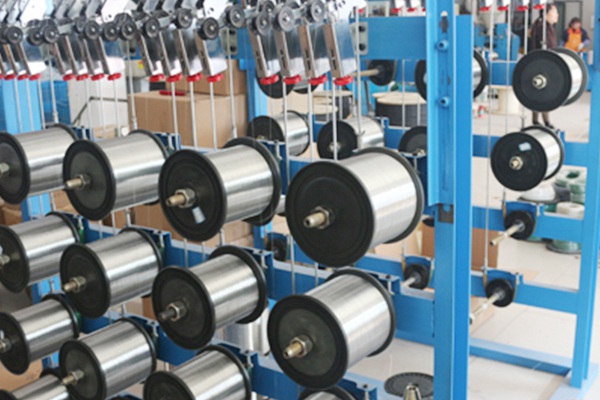Common faults of cable lines include mechanical damage, insulation damage, insulation damp, insulation aging deterioration, overvoltage, cable overheating faults, etc. When the above-mentioned fault occurs in the line, the power supply of the faulty cable should be cut off, the fault point should be found, the fault should be checked and analyzed, and then repair and test should be carried out. The power supply can be restored after the removal of the fault.
The most direct cause of cable failure is breakdown due to insulation degradation.
There are:
a. Overload operation. Long-term overload operation will increase the temperature of the cable and age the insulation, which will lead to breakdown of the insulation and reduce the quality of construction.
b. Electrical aspects include: the cable head construction process fails to meet the requirements, the cable head has poor sealing performance, moisture penetrates into the cable, and the cable insulation performance is reduced; when the cable is laid, protective measures are not taken, the protective layer is damaged, and the insulation is reduced.
c. Civil engineering: poor drainage of pipe trenches in industrial wells, long-term soaking of cables in water, impairing the insulation strength; too small wells, insufficient cable bending radius, and long-term damage by external forces of squeezing. Mainly brutal mechanical construction in municipal construction. Cut and cut the cable.
d. Corrosion. The protective layer suffers from chemical corrosion or cable corrosion for a long time, causing the protective layer to fail and the insulation to decrease.
e. The quality of the cable itself or the cable head accessories is poor, the cable head is poorly sealed, the insulating glue is dissolved, and cracked. The resonance phenomenon in the station is the line disconnection. The line phase capacitance and the ground capacitance and the distribution transformer excitation inductance form resonance Loop to excite the ferromagnetic resonance.
Harm of resonance caused by disconnection fault
Disconnection resonance In severe cases, the superposition of high frequency and fundamental frequency resonance can make the overvoltage amplitude reach 2.5 times the phase voltage [P], which may cause the neutral point of the system to shift, and the windings and wires may experience overvoltage. Insulation flashover, lightning arrester explosion, electrical equipment damage. In some cases, the phase sequence of the load transformer may be reversed, and overvoltage may be transmitted to the low-voltage side of the transformer, causing harm.
The main measures to prevent disconnection from resonant overvoltage are:
(1) No fuse is used to avoid non-full-phase operation.
(2) Strengthen the inspection and maintenance of the line to prevent the occurrence of disconnection.
(3) Do not hang the no-load transformer on the line for a long time.
(4) Adopt ring network or dual power supply.
(5) Add interphase capacitance on the distribution transformer side,
The principle is: the use of capacitors as energy-absorbing elements to absorb the energy in the transient process, thereby reducing the intensity of impact disturbance to suppress the occurrence of resonance. s一(o+ 3C,,) 1C., additional phase-to-phase capacitance △C on the distribution transformer side , Increase 8一[Co+ 3(C U+ A0)/Ca, thereby increasing the equivalent capacitance C and the equivalent electromotive force Eo. The required capacitance value can be calculated according to the method in [6]. (6) Using excitation characteristics A better transformer helps to reduce the chance of breakage and overvoltage.
